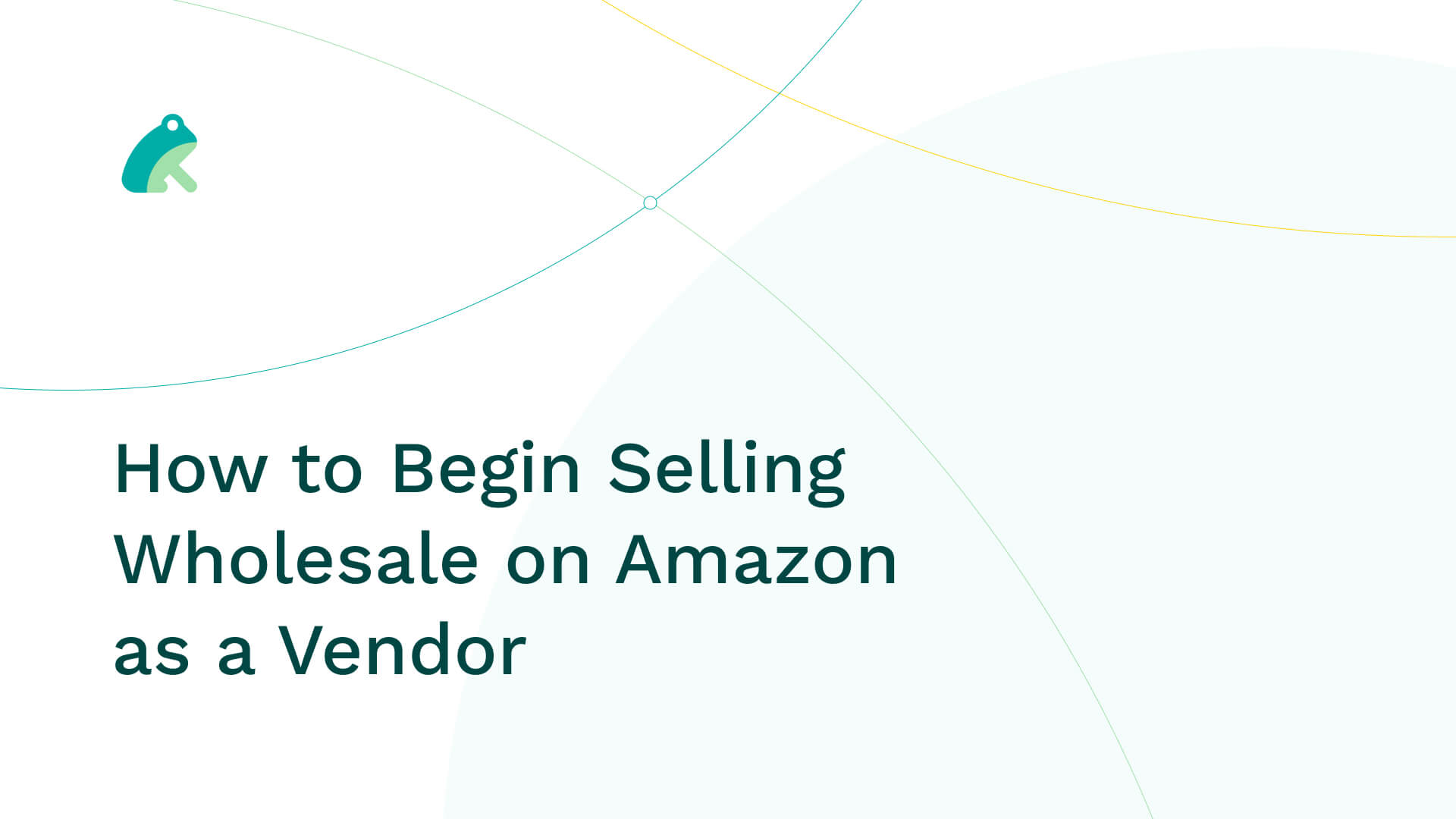How to Begin Selling Wholesale on Amazon as a Vendor
October 31, 2025
In recent years, the e-commerce industry has witnessed an exponential surge in the demand for wholesale products. Among the various platforms catering to this trend, Amazon stands out as one of the premier destinations for wholesale vendors looking to reach a global audience. For those eager to tap into this lucrative market, understanding the intricacies of becoming an Amazon vendor is crucial. Here's a comprehensive guide on how to navigate the process and kick-start your wholesale journey on Amazon.

Understanding the Basics:
Before delving into the specifics of setting up shop on Amazon, it is imperative to grasp the fundamental concepts of wholesale selling. Wholesale selling involves the bulk purchase of products directly from manufacturers or distributors at a reduced price, followed by the resale of these products to retailers at a higher rate. As an Amazon vendor, you will be responsible for supplying your products to Amazon, who will subsequently handle the distribution to their vast customer base.
Conduct Market Research:
Before listing your products on Amazon, conducting comprehensive market research is essential. Analyze market trends, identify potential competitors, and ascertain the demand for your products. Additionally, understanding Amazon's specific requirements and guidelines for vendors can significantly impact your selling strategy.
Obtain Necessary Documentation:
To initiate the wholesale selling process on Amazon, ensure that you possess all the necessary legal documentation. This includes acquiring the requisite business licenses, tax identification numbers, and any other certifications mandated by Amazon and your local regulatory authorities. Complying with these formalities is crucial to establish a credible and legitimate business presence on the platform.
Choose the Right Selling Plan:
Amazon offers two distinct selling plans for vendors: the Individual Selling Plan and the Professional Selling Plan. The Individual Selling Plan is suitable for those looking to sell fewer than 40 items per month, while the Professional Selling Plan is tailored for vendors with a higher volume of sales. Analyze your business needs and opt for the plan that aligns with your selling objectives and long-term growth strategy.
Create a Vendor Central Account:
Setting up a Vendor Central Account is a prerequisite for selling wholesale on Amazon. This platform serves as a hub for managing your wholesale transactions, monitoring inventory, and processing orders efficiently. While creating your Vendor Central Account, ensure that you provide accurate and up-to-date information to streamline the verification process and expedite account approval.
List Your Products:
After setting up your Vendor Central Account, proceed to list your products on Amazon. Pay meticulous attention to product descriptions, images, and pricing to optimize your product listings for maximum visibility and customer engagement. Implementing effective Search Engine Optimization (SEO) techniques can significantly enhance your product's discoverability and boost your sales prospects.
Manage Inventory and Orders:
Efficient inventory management is crucial to ensure a seamless selling experience on Amazon. Implement robust inventory management practices to prevent stockouts and meet customer demand effectively. Streamlining your order fulfillment process and adhering to Amazon's shipping and delivery standards are vital to maintaining a positive seller performance and customer satisfaction.
Optimize Your Marketing Strategy:
In the fiercely competitive landscape of Amazon, a well-defined marketing strategy can set your wholesale business apart. Utilize Amazon's advertising tools, such as Sponsored Products and Sponsored Brands, to amplify your product visibility and attract potential customers. Additionally, leveraging social media platforms and implementing targeted marketing campaigns can bolster brand awareness and drive traffic to your Amazon listings.
Monitor Performance and Adapt Accordingly:
Regularly monitor your performance metrics on Amazon to gauge the effectiveness of your selling strategy. Analyze key performance indicators, such as sales performance, customer feedback, and product rankings, to identify areas for improvement and make data-driven decisions. Adapting to market fluctuations and evolving consumer preferences is crucial to sustaining long-term success as an Amazon vendor.
Stay Updated with Amazon's Policies:
Amazon frequently updates its policies and guidelines for vendors to ensure a secure and customer-friendly marketplace. Stay abreast of these policy changes and proactively adjust your selling practices to remain compliant. Failure to adhere to Amazon's policies can result in penalties, account suspension, or even permanent expulsion from the platform, jeopardizing your wholesale business's reputation and profitability.
Embrace Customer-Centricity:
Maintaining a customer-centric approach is the cornerstone of building a reputable wholesale business on Amazon. Prioritize delivering high-quality products, prompt customer service, and hassle-free returns and refunds to foster customer loyalty and positive reviews. Cultivating a strong rapport with your customer base can foster repeat business and drive organic growth for your wholesale enterprise.
In conclusion, venturing into the realm of wholesale selling on Amazon as an Amazon vendor demands meticulous planning, strategic execution, and unwavering commitment to customer satisfaction. By leveraging the platform's robust infrastructure and implementing effective selling practices, you can establish a thriving wholesale business and carve a niche for yourself in the dynamic e-commerce landscape.
Remember, success on Amazon as a wholesale vendor is not instantaneous but rather a culmination of continuous efforts, adaptability, and a deep understanding of the evolving market dynamics. With perseverance and a customer-centric approach, you can pave the way for sustainable growth and profitability in the competitive world of e-commerce wholesaling.